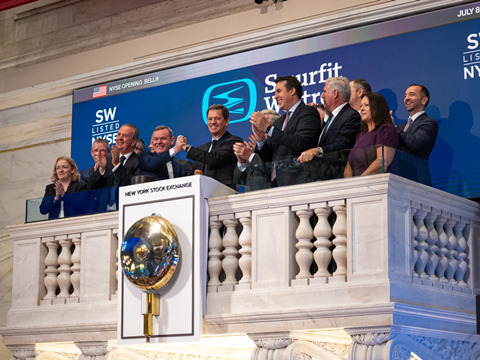
One year into its combination, where does Smurfit Westrock stand? President and CEO of EMEA & APAC Saverio Mayer runs us through its implications for the customer experience, the company’s financial and reputational benefits, and the potential next steps in this edition of our ‘In Conversation With…’ series.
First of all, what effect has the combination had on strategic intent? Have you experienced any commercial or financial developments?
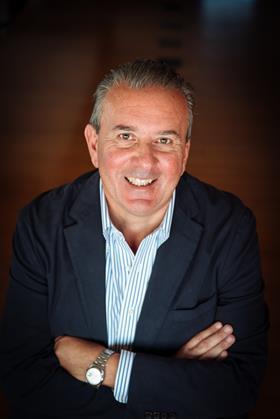
Saverio Mayer, president and CEO of EMEA & APAC at Smurfit Westrock
One of the biggest benefits of Smurfit Kappa and WestRock combining was the fusion of two such complementary product portfolios. We now have proven capability as a true one-stop-shop for customers; the breadth and quality of the Smurfit Westrock product offering is best placed to meet all packaging requirements.
Furthermore, we have the expertise to advise on primary and transport packaging to ensure they work together seamlessly to reduce wasted space and improve efficiency. Our long-term experience in machinery and automation means this can all be brought to life in-house.
Our expanded geographical footprint allows us to satisfy the needs of multinational customers who depend on a global approach, while our in-country knowledge and on-the-ground teams can successfully facilitate local needs, too.
Can you elaborate on the medium and long-term value creation resulting from the combination?
The combination allows us to build a strategic plan that cements us as the leading provider of innovative and sustainable packaging solutions. In the medium to long term, we want to be seen as the packaging supplier that makes things easy through our expertise in innovation, manufacturing, packaging systems, and customer service.
We are building a performance-led culture, which is going to be the bedrock of our future success, and are all encouraged by the progress we have made so far. The synergy programme of $400 million that we shared at the outset is on track, and we have also identified opportunities to create additional value of over $400 million.
There were several sustainability wins during the year, including an ambitious electrification scheme at our Roermond paper mill in the Netherlands, a true frontrunner in the transition to low-carbon operations.
How have customers reacted to the combination so far? What would you say they have gained as a result of Smurfit Westrock’s combined efforts?
Overall, our customers have reacted positively as our increased global presence benefits them – but, crucially, our personal touch remains, and we have been told by several customers that this is both appreciated and valued.
In terms of their gains, they have an even greater pool of expertise at their disposal, and the possibility of greater efficiencies and more innovative solutions driven by the collaborative nature of Smurfit Westrock. We’ve recently got several supplier awards for both sustainability and innovation, and this customer recognition is nice to see.
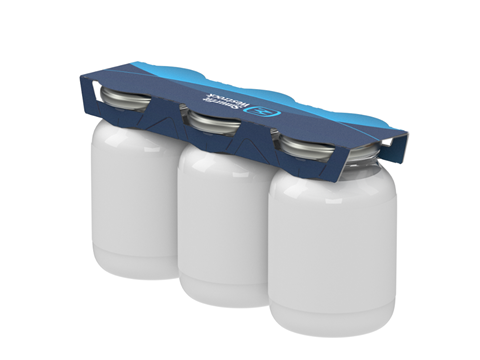
As an insider, how would you describe the experience of becoming a truly integrated company?
The Smurfit Westrock integrated business model generates real value for our markets. We own our own supply chain from raw materials through to paper production, collection, and recycling. Our fully integrated system of containerboard mills and corrugated plants provides constant quality, consistent delivery, and greater supply chain efficiency.
The integration of the two companies is going very well as the values and culture are aligned. This solid foundation, along with the quality of the assets and the commitment and expertise of our 100,000 people worldwide, has allowed us to move at full speed.
On a wider scale, how has Smurfit Westrock adapted to legislative developments, the European trading environment, and other evolving macroeconomic conditions?
We are already working with companies to prepare them for the forthcoming Packaging and Packaging Waste Regulation (PPWR), legislation which seeks to reduce packaging waste. Our job is to support businesses as they transition to more sustainable packaging, and we have a broad portfolio of paper-based, recyclable products that comply with the new rules and are available for both manual and automated processes.
When it comes to the volatile macroeconomic conditions that have characterised recent years, we have found that the most important thing is to be adaptable, agile, and ready to evolve. Having a broad geographic footprint and differentiated offering helps us to balance challenges and opportunities.
Where does the company plan to go next? Can you give us any insight into future developments we should keep an eye out for?
Looking back at this first year, we can be proud of what we’ve achieved in such a short space of time, both operationally and in how we’ve already built a brand that stands for quality and security. We are also always building the business case for sustainability.
We’ve also begun to deliver for our customers, our people, and externally for our shareholders. However, we also know that we are at the start of a long journey and it will require effort, innovation, and collaboration to get to where we truly want to be.
There are still regions in which our presence is not strong enough right now, but with the right strategic plan in place, it soon will be. We don’t just want to be the biggest; we want to be the best, both for our customers and our colleagues. When you look at what we have achieved in one year, I am excited about what we will accomplish in the year ahead.

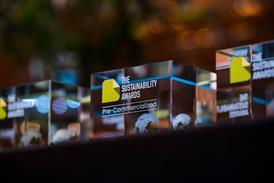
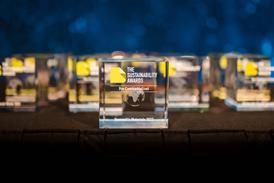
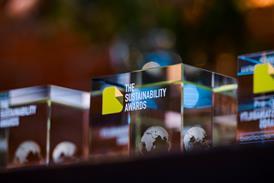

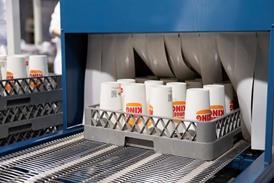










No comments yet